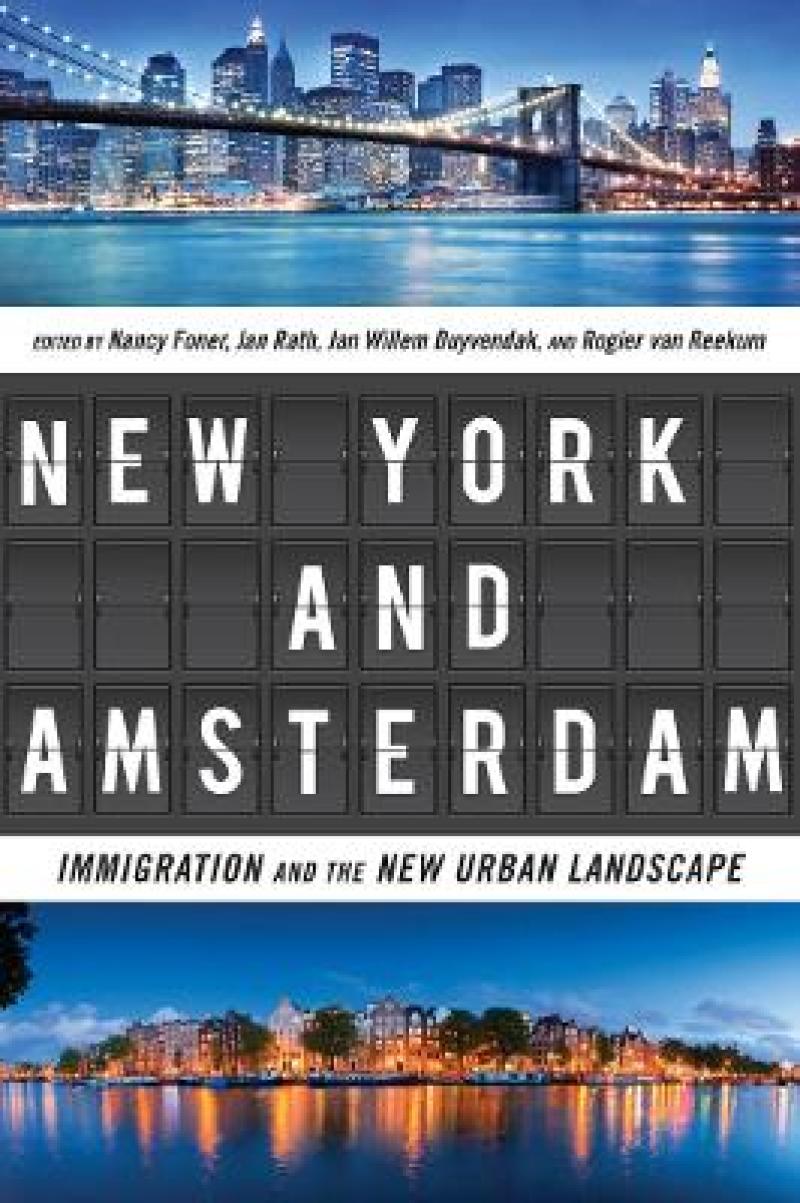"This book of well-written essays develops the comparative framework that migration studies so badly needs, illuminating both the features common to the migration experience in New York and Amsterdam and the factors that set these two cities, and their migrants, apart." - Roger Waldinger,author, Still the Promised City? "Centuries ago, the highly diverse city of Amsterdam not only gave 'New Amsterdam' its name, but also early waves of immigrants. Today, both cities are microcosms of the worlds diversity. How do the unique features of cities affect immigrant incorporation? Moving beyond analyses that focus on immigrants individual characteristics or group differences, the elegant comparisons in this volume highlight how cities distinct economies, social relations, cultural space, and politics affect immigrants and their integration. A fascinating read!" - Irene Bloemraad,author, Becoming a Citizen "Transatlantic dialogue is highly needed in ethnic and migration studies. When top Amsterdam and New York social scientists engage in it through a systematic comparison between their two cities, the result is fascinating. It is also extremely useful for scholars on both sides of the Atlantic who are interested in understanding better how migration reshapes cities. A wonderful multidisciplinary and collective endeavor!" - Marco Martiniello,co-editor, Minorities in European Cities "[]New York and Amsterdamoffers a rich understanding of the contexts of immigration in each city." (International Migration Review) "The book instructively delves into differing definitions of race, religion and ethnic politics, of integration versus assimilation. In New York, immigrants and their children are approaching a majority of voting-age citizens. In Amsterdam, noncitizens are allowed to vote in local elections after five years of legal residence in the Netherlands." (New York Times)
Immigration is dramatically changing major cities throughout the world. Nowhere is this more so than in New York City and Amsterdam, which, after decades of large-scale immigration, now have populations that are more than a third foreign-born.
These cities have had to deal with the challenge of incorporating hundreds of thousands of immigrants whose cultures, languages, religions, and racial backgrounds differ dramatically from those of many long-established residents. New York and Amsterdam brings together a distinguished and interdisciplinary group of American and Dutch scholars to examine and compare the impact of immigration on two of the world's largest urban centers.
The original essays in this volume discuss how immigration has affected social, political, and economic structures, cultural patterns, and intergroup relations in the two cities, investigating how the particular, and changing, urban contexts of New York City and Amsterdam have shaped immigrant and second generation experiences. Despite many parallels between New York and Amsterdam, the differences stand out, and juxtaposing essays on immigration in the two cities helps to illuminate the essential issues that today's immigrants and their children confront. Organized around five main themes, this book offers an in-depth view of the impact of immigration as it affects particular places, with specific histories, institutions, and immigrant populations. New York and Amsterdam profoundly contributes to our broader understanding of the transformations wrought by immigration and the dynamics of urban change, providing new insights into how—and why— immigration's effects differ on the two sides of the Atlantic.
Produktdetaljer
Biografisk notat
Nancy Foner is Distinguished Professor of Sociology at Hunter College and the Graduate Center of the City University of New York. She is the author of numerous books, including In a New Land: A Comparative View of Immigration and New York and Amsterdam: Immigration and the New Urban Landscape (NYU Press). She is the recipient of the 2010 Distinguished Career Award given by the International Migration Section of the American Sociological Association.
Jan Rath is Professor of Sociology and Chair of the Department of Sociology and Anthropology at the University of Amsterdam.
Jan Willem Duyvendak is Professor of Sociology at the University of Amsterdam.
Rogier van Reekum is Ph.D. candidate at the University of Amsterdam.
